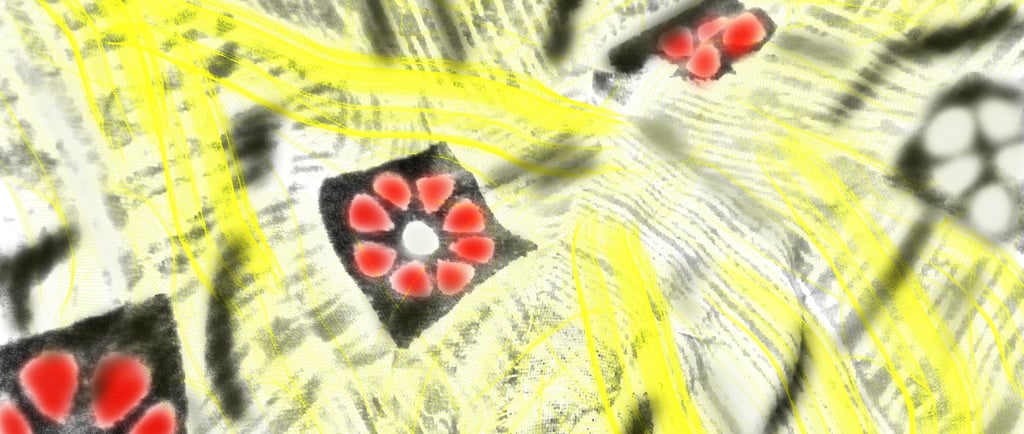What Does It Really Take to Feel Safe? Building Inner Strength to Stay Grounded in Emotionally Intense Situations
EDUCATIONSTORYTELLINGBELONGING
10/8/20252 min read


There are moments when no amount of breath-work, mindfulness practice, or inner preparation can stop the tidal wave of emotion that hits. You have trained, practiced, studied nervous system regulation — and still, there you are: frozen, paralyzed, overwhelmed.
Does this mean you have failed?
No.
It means you are human.
In this post, I want to explore what it truly means to feel safe and protected — not just physically, but emotionally and energetically.
To feel safe emotionally, we often need: presence (from ourselves and others), permission to feel and express emotions without shame, boundaries that protect our emotional integrity, a regulated nervous system that can respond (not just react).
But in moments of emotional intensity, especially when others are expressing strong energy — through raised voices, harsh words, or emotional conflict — our nervous system can go into survival mode: fight, flight, freeze, or fawn.
When the Nervous System Freezes — My Personal Story
Recently, I found myself caught in one of those emotionally intense storms.
Words were coming at me like waves — loud, charged, and fast. I could feel the emotional energy piercing my body. My usual tools? They vanished. My breath-work? Gone. My mindfulness practice? Forgotten. My voice? Lost.
I froze.
I felt paralyzed, like a deer in headlights. My body could only do one thing: cry. And eventually, I did what my system knew how to do to feel safe again: I left. I walked out, sobbing, letting my tears flow freely down my cheeks like rivers.
Hours later, the storm passed. A calm conversation with the person involved followed. The situation softened — but something inside me remained unsettled.
Not because of the conflict.
But because of the way I judged myself afterward.
My inner voice said things like: “How could you forget all your tools?” “You’ve done all this healing work, and still you froze?” “You weren’t strong enough.”
But here is the truth I had to remember: Feeling overwhelmed does not mean I am broken. Forgetting my tools does not mean I am a failure. Sometimes, the most powerful thing I can do is give myself permission to just be in the response — whatever it is.
What Inner Strength Really Looks Like
By allowing myself to feel everything — even the paralysis, even the judgment — I began to soothe the inner child inside me that just wanted to be safe.
I told myself: It is okay to cry. It is okay to freeze. It is okay to forget everything sometimes. It is okay to walk away.
These are not signs of weakness — they are signs of capacity. They are also invitations — to slow down, reflect, and build even deeper resilience.
Inner strength is not about being calm all the time. It is about coming back to yourself — again and again.
Here are some gentle reminders I now carry with me: Self-protection does not always look like speaking up. Sometimes it looks like walking away. Regulation is not a constant state. It is a process of returning — not staying.
Give Yourself Permission to Be Human
To protect ourselves in emotionally intense moments, we first need to accept that we cannot always “perform” emotional mastery.
Inner strength is built not by avoiding storms — but by weathering them with self-compassion.
The next time you find yourself frozen, crying, or choosing flight — pause the judgment. Instead, ask: What does my nervous system need to feel safe right now?
Because that — more than any tool or technique — is the beginning of true protection and real self-love.